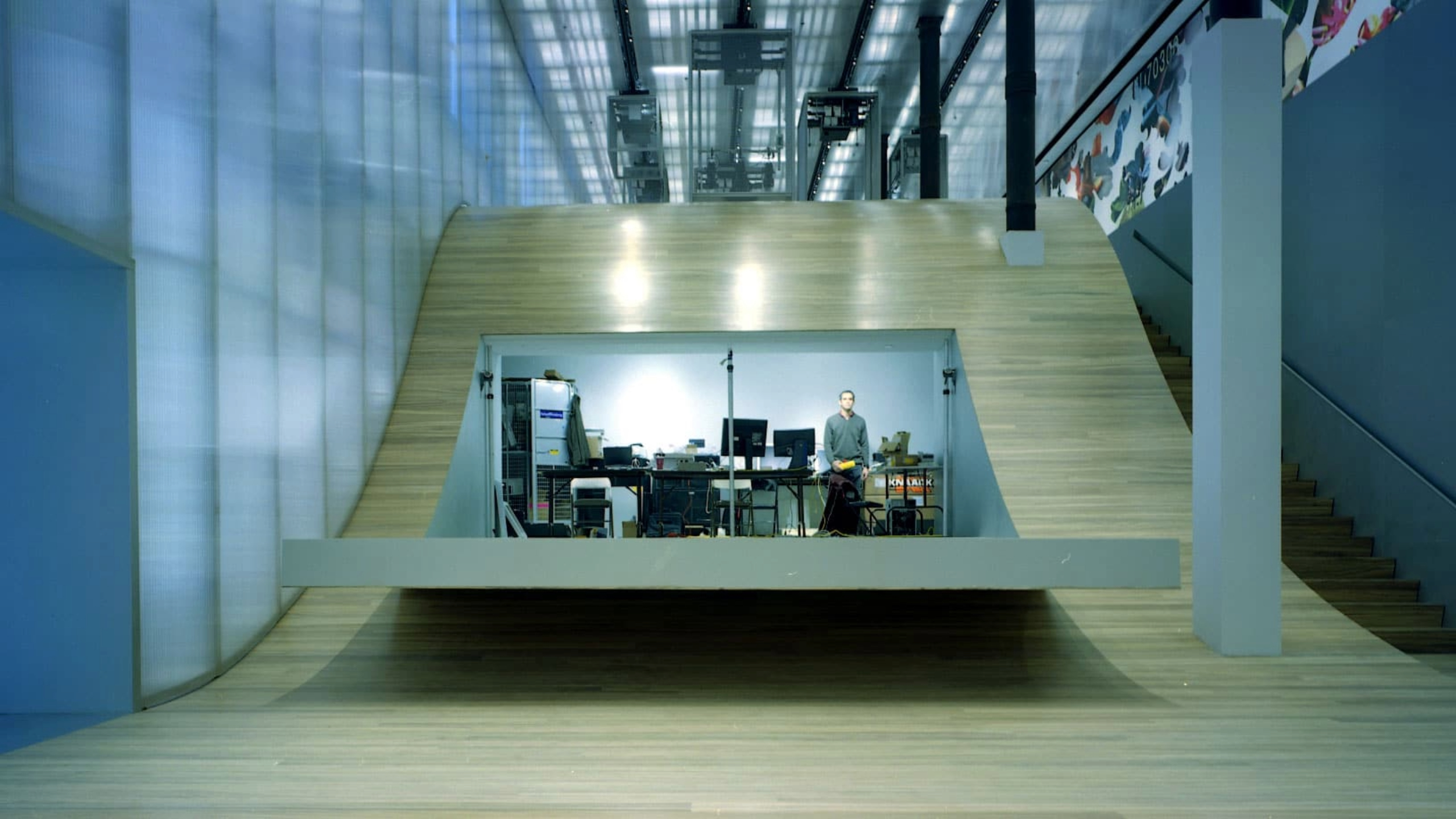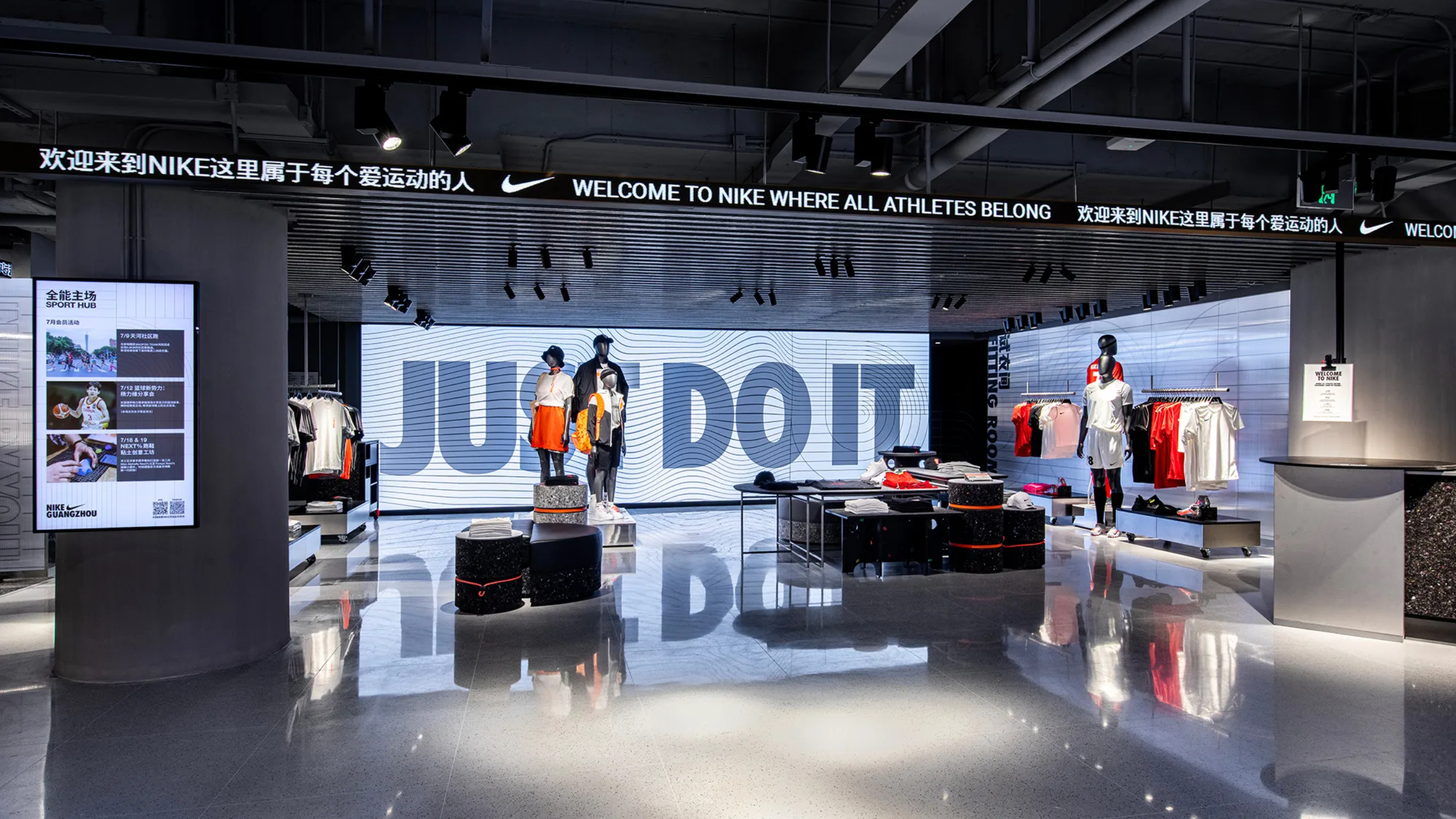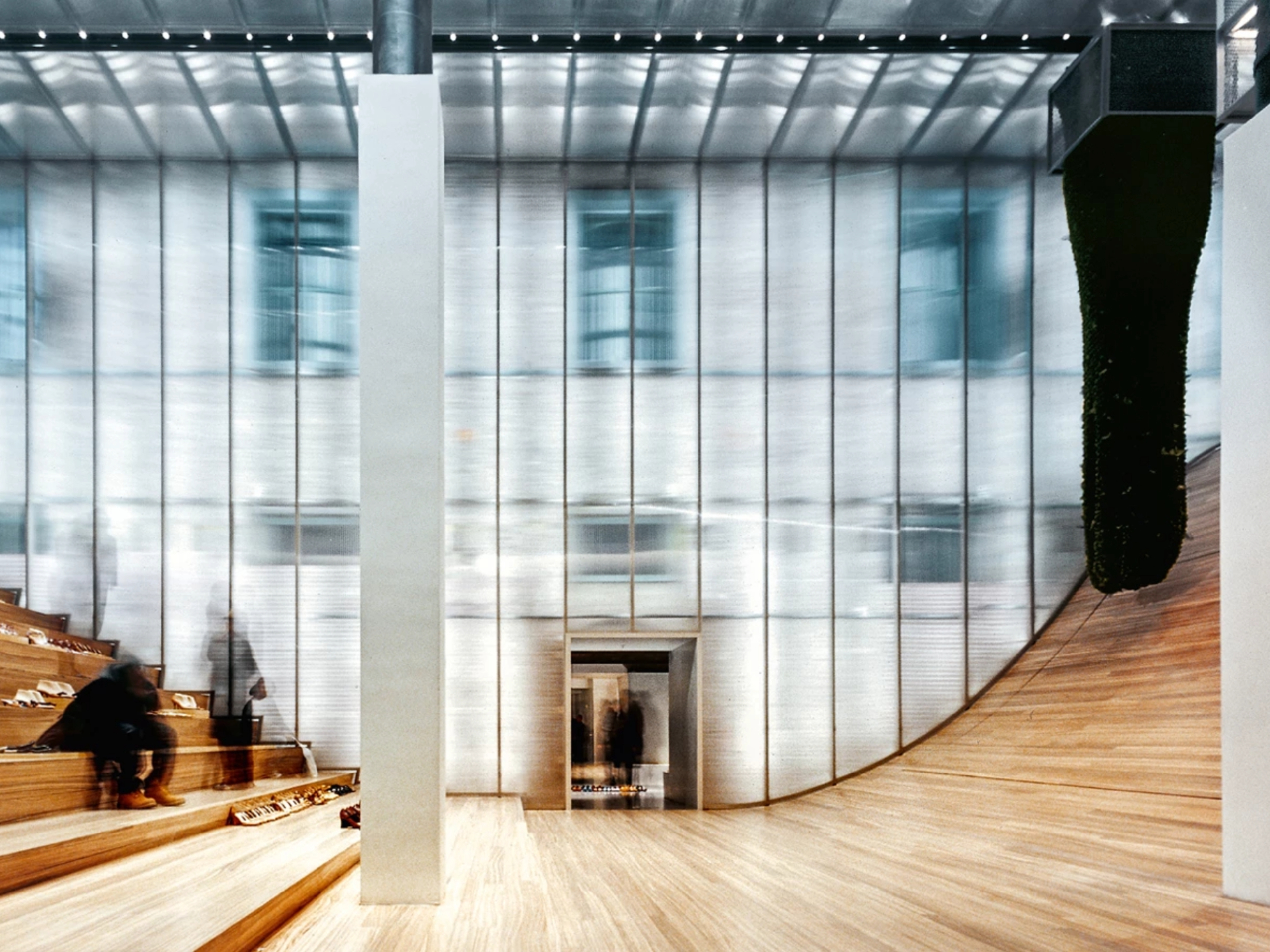2025-08-29
Crafting Identity Through 3D Visualization
A brand is more than a logo or a color palette — it is an atmosphere. Today, 3D visualization has become one of the most powerful tools to craft identity, transforming abstract values into tangible experiences. From flagship stores to virtual worlds, visualization allows brands to tell stories that are felt before they are understood.

Architecture as Branding — OMA/AMO for Prada
When OMA/AMO designed Prada’s Epicenter in New York, they didn’t just create a store — they built a stage. The wooden wave, acting both as staircase and amphitheater, turned retail into performance. Visualization played a crucial role in shaping and communicating this identity long before it was built.
Nike and the Energy of Concept Spaces
Nike concept stores are not designed to sell shoes — they are built to immerse you in energy, movement, and culture. Visualization of these spaces is as critical as the construction: glowing renders communicate the rhythm and dynamism of the brand before the doors even open.The Rise of Virtual Fashion Worlds
Balenciaga, Louis Vuitton, and other brands have moved beyond physical spaces into fully 3D environments. Virtual fashion shows and immersive worlds make brand identity limitless, expanding the aura of the brand into the digital realm.3D visualization is not just representation — it is brand identity in motion.
Visualization today is no longer confined to architecture studios or product launches — it is the new language of branding. A single render can shape how a brand is perceived globally, conveying values faster than any press release. From immersive retail spaces to digital runways, 3D visualization is not only the future of design, it is the future of identity.

